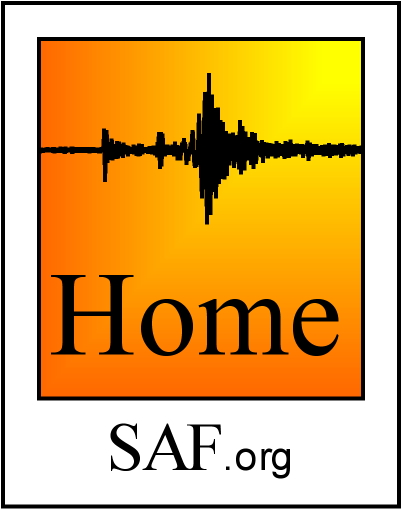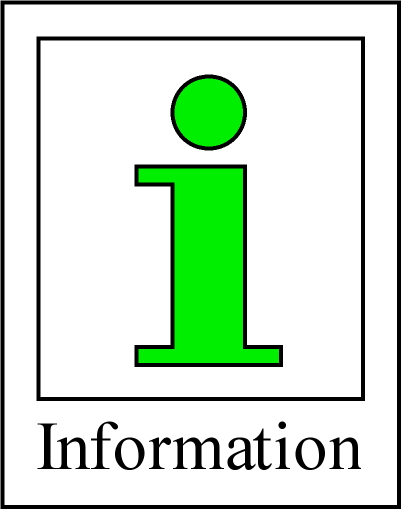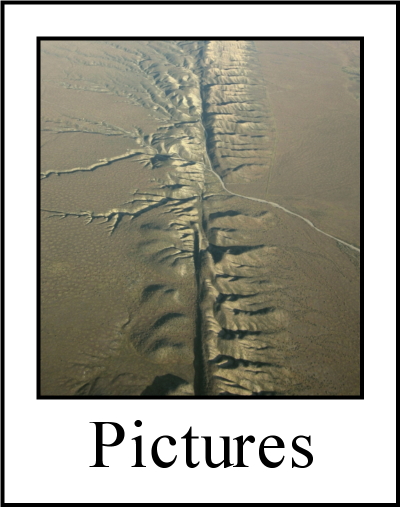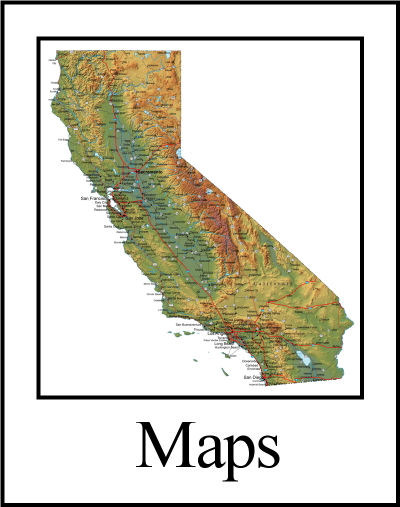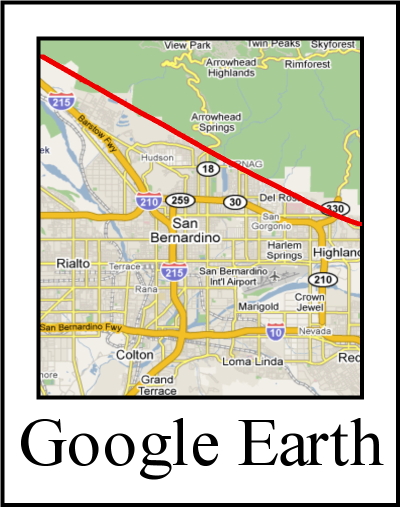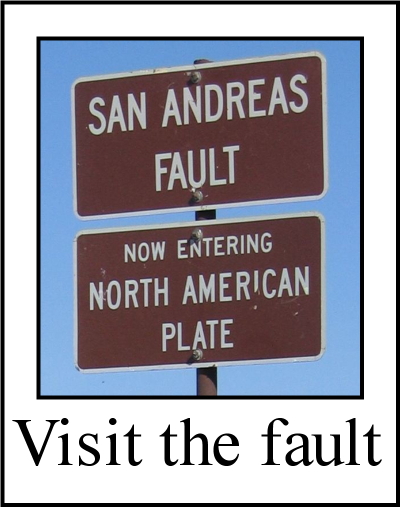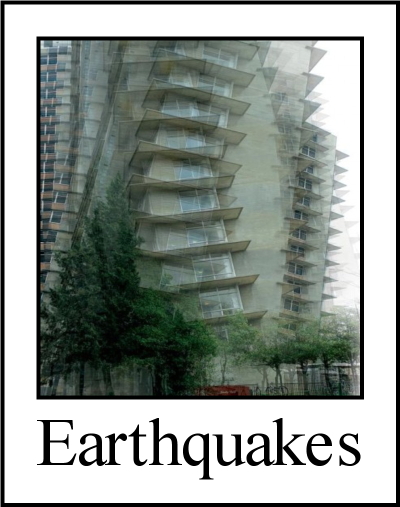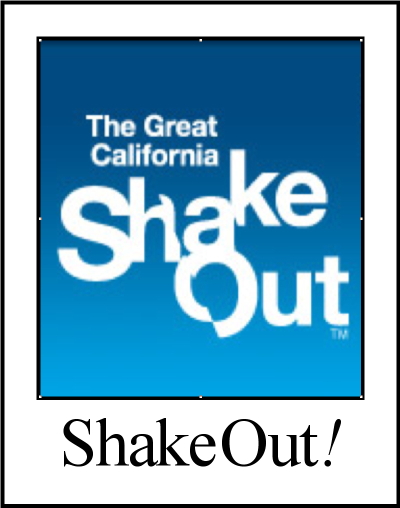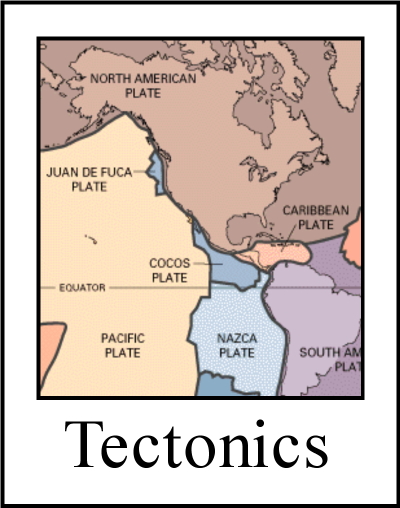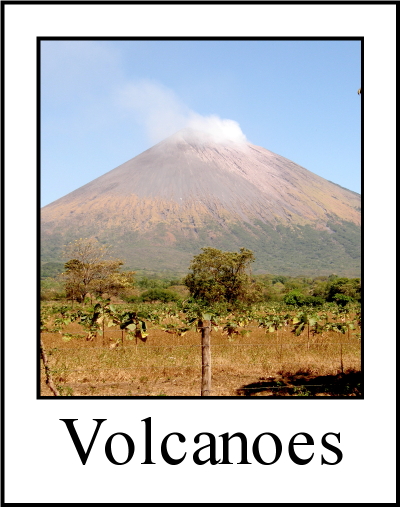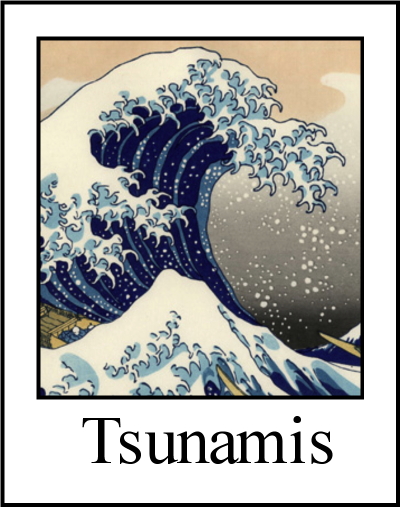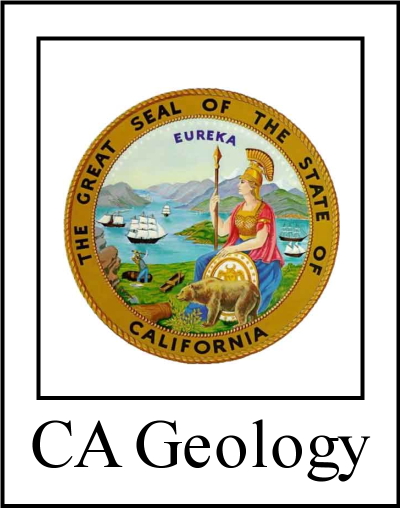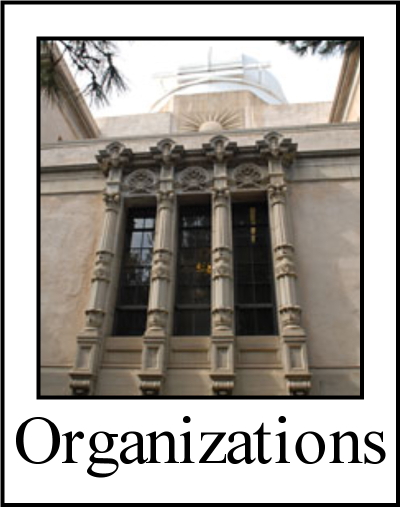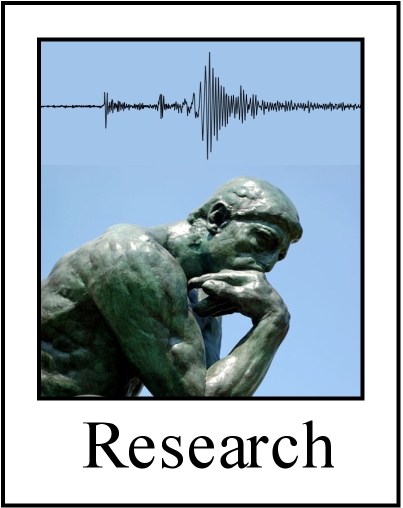
The San Andreas fault's nick name is "SAF".
(Yes, this article is about plate tectonics, sort of.)
Third Baseman Hit by Flying Bat
|
But in this case, it was a female Mexican Free-tailed Bat (Tadarida brasiliensis). Gotcha!They're called homonyms, words that are spelled and pronounced the same way but have multiple meanings. Like bat, bow, fluke and fast. If, as George Bernard Shaw claimed, that "England and America are two countries divided by a common language.", then the same can be said of scientists and "regular" people. And the most misunderstood scientific homonym is theory. Not so much because theory has widely disparate meanings, but rather because its different meanings are related, like different shades of gray. At one end of the gray spectrum where most people live, theory is synonymous with notion, concept, idea, hypothesis, hunch, speculation, i.e., something that is unproven and without empirical evidence. At the other end where scientists work, a theory is based completely on evidence. It is a concise description of something that explains all of the observations. If new and contradictory evidence is found, the theory must be amended, discarded or replaced. A good example is the theory of gravitation. Isaac Newton thought it up around 1680, and the first thing he did was to test it. By comparing the earth's surface gravity (the falling apple story) and how the moon moves, he found them to agree "pretty nearly." Newton went on to further check his theory to predict planetary orbits. That worked too. Prediction is a key element of any theory. |
All went well until 1859 when Urbain Le Verrier noticed that Mercury's measured orbit didn't quite fit Newton's predictions. Something was wrong, slightly wrong with gravitational theory. Albert Einstein fixed it in 1915 with the publication of his theory of General Relativity. He showed that space-time curvature was needed to explain Mercury's orbit. The theory of gravitation was modified and improved. Other theories that are vital to modern technology are electromagnetic theory (light, radio, infrared, X-Rays, electricity), quantum theory (lasers, light emitting diodes - LEDs, solar cells, computer chips) and nuclear theory (nuclear power plants, carbon dating, nuclear medicine). To a scientist, a theory is a concise, quantitative and unifying principle that is based entirely on measurement and observation. It is used to predict as yet undiscovered phenomena, and is constantly being tested. A scientific theory is not speculation or hypothesis. Scientific theories work. Scientific theories predict things. Scientific theories allow us to build computers, nuclear power plants and send satellites to Saturn. Thanks to scientific theories, you are reading this on the internet. Plate tectonics is a scientific theory. |
Please help us make this site better. Email us suggestions, pictures, links, etc. here.
Copyright © 2009, 2010 David K. Lynch. All Rights Reserved.
